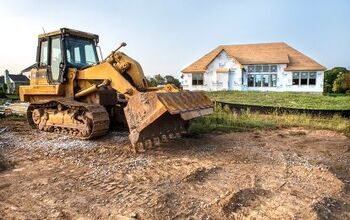Greenhouse Maintenance Checklist

Part of the joy of having a greenhouse is that you can minimize external factors that would otherwise cause problems for your plants. That said, you can only enjoy these benefits if you stick to a consistent greenhouse maintenance schedule. Luckily, we assembled a list of essential greenhouse maintenance tips to make your life easier.
Sweeping and pruning are essential parts of basic greenhouse maintenance, and you must keep up with them. It’s also important to seasonally clean the greenhouse panels with water and dish soap or white vinegar. Install insect screens on the air intakes and fertilize your plants at least once every 2-3 months to keep them healthy.
Ideally, you should regularly inspect your fans, heaters, and vents to ensure they work properly. Follow along as we explore our essential greenhouse maintenance checklist.
How To Maintain A Greenhouse
Greenhouse maintenance is all about preventing problems before they arise. Doing so can save time, money, and energy that would be better spent enjoying the products produced in your greenhouse. Your maintenance checklist should include several key steps, such as:
1. Regularly Sweep And Remove Debris
Naturally, your greenhouse will get dirty as earth spills and leaves fall to the ground. This can be tricky to take care of if you let the problem get out of hand, but that’s avoidable. Keeping the floors of the greenhouse clean is much easier if you set and stick to a sweeping schedule.
Ideally, you should sweep your greenhouse floors weekly to keep them clean. Not only does this enhance the appearance of your greenhouse, but it can also help you manage pests. Many common greenhouse pests love plant waste, especially when it falls on the ground.
Dead organic matter can attract pests, which may eventually spread throughout the greenhouse. Walking through your greenhouse is also much easier and more comfortable when the floors are clean.
2. Clean The Panels
You’re not alone if you’ve struggled to keep your greenhouse panels clean. They’re typically made of glass or polycarbonate, both of which are great options but require frequent maintenance. Cleaning the panels is as much about functionality, as it is about aesthetics.
Dirty, smudged panels may not let the sunlight shine into a greenhouse as well. You can avoid this problem by regularly cleaning the panels throughout the year to ensure unobstructed light shines through. Whether the panels are glass or polycarbonate, you can clean them with a mixture of mild dish soap and warm water.
Some people even use distilled white vinegar and warm water, as the acidity in the vinegar can help remove stubborn smudges and stains. Ideally, you should clean greenhouse panels at least twice a year, or once per season. However, you may need to clean them more if you notice the panels getting covered in dirt and pollen.
3. Prune The Plants
Pruning plants is essential, whether you grow them indoors or outdoors. That said, the ideal pruning schedule ultimately varies based on the plant, its growth cycle, the season, and the condition of the plant. Many people prune greenhouses plants during early spring.
Pruning is partially cosmetic maintenance, but it’s also an important part of your greenhouse’s functionality. For example, overgrown plants can restrict airflow, hinder plant growth, and contribute to disease in your greenhouse.
Pay special attention to plants that sit under or near the lights in your greenhouse, if you have any. The last thing you want is to block the light with overgrown leaves and branches. You may need to experiment for a while before you figure out the perfect pruning schedule.
4. Install Or Replace Insect Screens
Many people understandably want to avoid using pesticides and other chemicals in their greenhouse. Luckily, you can help keep flying bugs out of a greenhouse if you install insect screens on your air intakes. You may already have insect screens, and if so, check if it's time to replace them.
Insect screens can become caked with dirt, dust, debris, and dead bugs, rendering them useless. In that case, it’s a good idea to clean insect screens a few times per year. Otherwise, it’s worth replacing them, as insect screens are relatively inexpensive and easy to install.
If you’ve never had insect screens, it’s worth installing them to make your greenhouse maintenance checklist easier to do. That way, you won’t get swarmed by flies and mosquitoes while you check on your beloved plants each day. You’ll also spend less time sweeping up dead bugs and worrying about pests.
5. Fertilize Your Plants
Many people have differing opinions regarding how often fertilization is necessary in a greenhouse. For example, some people utilize the “constant feed” method, which involves fertilizing plants with each watering. In that case, you can infuse the water with a little bit of soluble fertilizer to constantly nourish your plants as much as possible.
However, some people find this unnecessary and only fertilize their greenhouse plants once every 2 to 3 months. You can split the difference and fertilize your plants weekly or bi-weekly, as there is no golden rule. It may take some trial and error before you figure out the ideal fertilization schedule for your greenhouse plants.
A constant feed program may not be necessary for you, especially if you’re trying to run a greenhouse on a tight budget. That is more useful for people who are trying to yield quick results and for those trying to sell homegrown crops. Your plants should stay healthy if you fertilize them at least a few times per year and water them regularly.
6. Quarantine New Plants
Preventative maintenance is much easier than reacting to crises, and it comes in many forms. For example, quarantining new plants is one of the biggest preventative maintenance tasks you can perform. That’s because new plants often carry fungi, diseases, and pests, which can spread throughout a greenhouse.
Ideally, you shouldn’t never put new plants in your greenhouse right away. Instead, quarantine them away from the other plants to ensure nothing spreads among them. You can set up a small tent for new plants in your greenhouse, but even that is risky.
It’s much safer to simply keep new plants outside of the greenhouse for up to 2 weeks. Put the new plants in your greenhouse once you know they are safe and disease-free. That way, you don’t have to worry about harming your other plants, which would only add more tasks to your maintenance checklist.
7. Inspect And Clean Your Equipment
Some people rely solely on watering cans and sunlight to grow the plants in their greenhouse. Other people rely on equipment, including irrigation systems, fans, vents, and heaters, to operate their greenhouse. Of course, you must regularly inspect and maintain this equipment to ensure it runs properly.
It’s also important to research the equipment, like the heater, to see how long it’s supposed to last. Running heaters and fans far beyond the recommended time frame may result in performance issues. You must also inspect the equipment for rust, as the pervasive humidity may cause damage.
Some people use wall and ceiling vents instead of fans to save money and avoid maintenance. Not only is this cheaper, but it also ensures you don’t have to worry about fixing and replacing fans. Inspect your equipment at least once per season to ensure everything works well.
How Long Do Does A Greenhouse Last?
A greenhouses will typically last between 10 and 30 years, depending on factors such as materials and maintenance. For example, a polycarbonate greenhouse will last 15 years, on average, or between 10 and 20 years with proper maintenance. You can expect a glass greenhouse to last 20-30 years, and while they’re pricier, the longevity appeals to many people.
Climate is a big factor in how long a greenhouse lasts, and that’s something some people don’t think about. For example, a glass greenhouse may go through a lot of wear and tear in climates with hot summers and cold winters. Intense temperature fluctuations can take a toll on glass and polycarbonate alike.
That’s especially true in areas with brutally harsh winters, where freezing rain, hail, and snow are common. Glass may offer better light transmission, but it’s also more likely to shatter upon getting hit by hail and falling branches. Your best bet is to prune the trees near your greenhouse to prevent disasters and cover your greenhouse with a tarp before heavy storms.
Summing It Up
Your greenhouse maintenance checklist should include frequent sweeping and pruning to keep the space clean. Routine pruning will also help improve the airflow, which is an important part of preventive greenhouse pest control. It’s also important to fertilize your plants a few times per year and clean the greenhouse panels at least once per season.
Related Guides:

Nick Durante is a professional writer with a primary focus on home improvement. When he is not writing about home improvement or taking on projects around the house, he likes to read and create art. He is always looking towards the newest trends in home improvement.
More by Nick Durante











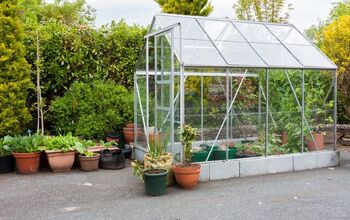
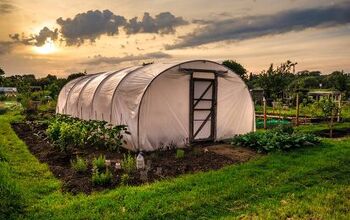
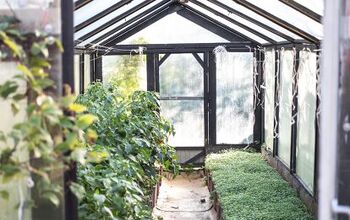
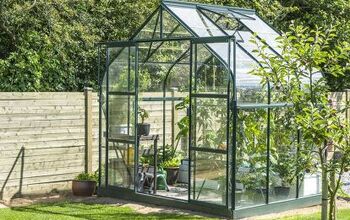
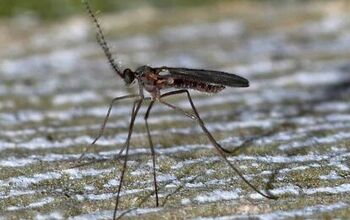
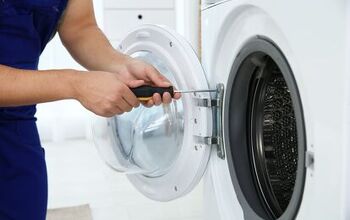


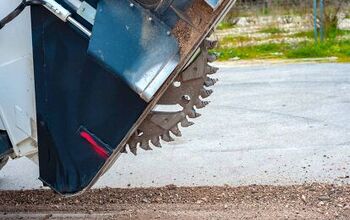
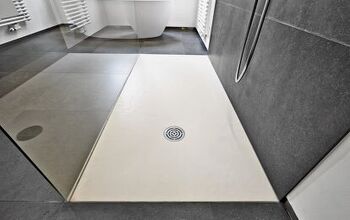
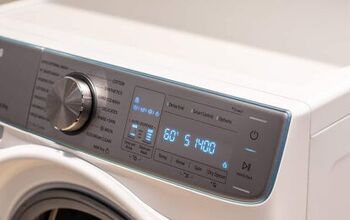

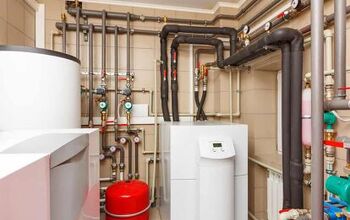
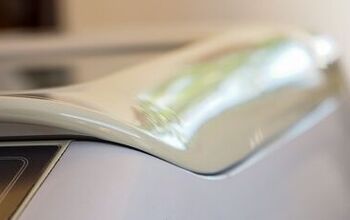

![10 Most Dangerous Neighborhoods in Baltimore [Updated]](https://cdn-fastly.upgradedhome.com/media/2023/07/31/9075655/10-most-dangerous-neighborhoods-in-baltimore-updated.jpg?size=350x220)
